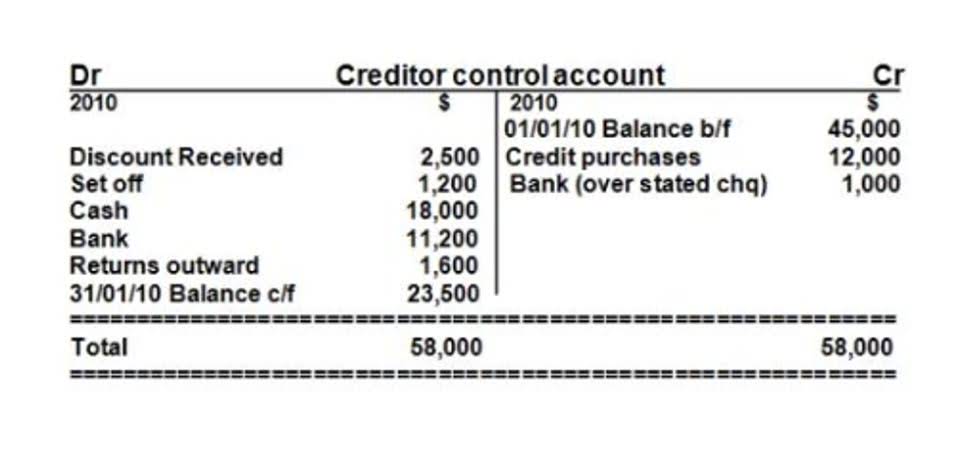
This analysis can uncover whether a company allocates an excessive portion of its revenue to certain costs, such as operating expenses or debt servicing, which can signal inefficiencies or financial risks. Vertical analysis, also known as common-size Accounting for Churches analysis, is a financial analysis technique used to evaluate the relative proportions of different line items within a financial statement. It involves expressing each line item as a percentage of a base figure, typically taken as 100%.
What is Vertical Analysis Formula?

Management sets a base amount or benchmark goal to judge the success of the business. The base amount is usually taken from an aggregated from the same year’s financial statements. The common-size percentage formula is calculated by dividing the analyzed item by the base amount of benchmark and multiplying it by 100. The use of percentages converts a company’s dollar amounts on its financial statements into values that can be compared to other companies whose dollar amounts may be different.
FAQs About Vertical Analysis
- The formula for vertical analysis allows for easy comparison of financial data between different periods and companies in the same industry.
- It allows stakeholders, including investors, analysts, and management, to gain valuable insights into a company’s financial structure and performance.
- Showing the relative size of each financial statement item allows investors and analysts to assess the financial structure of companies.
- Through careful interpretation of vertical analysis results, you can gain valuable insights into a company’s financial performance, strengths, and areas for improvement.
- Use the insights gained from the vertical analysis in your decision-making processes.
To increase the effectiveness of vertical analysis, multiple year’s statements or reports can be compared, and comparative analysis of statements can be done. This analysis makes it easier to compare the financial statements of one company with another and across the companies as one can see the relative proportion of accounts. Vertical analysis, also known as common-size analysis, is a technique used to assess the relative proportions of different line items within a financial statement. This allows for meaningful comparisons and identification of trends over time or across companies. Overall financial performance is usually analyzed with horizontal or ratio comparison tools. Vertical analysis provides a better understanding of how each line item on the balance sheet fits into the company’s financial structure and is an invaluable decision-making tool.
💡 Expert-Led Sessions📊 Build Financial Models⏳ 60+ Hours Learning
- We discussed how to interpret the results, considered limitations, and highlighted practical applications.
- When using this alongside horizontal analysis, you can get a full picture of a company’s financial position.
- It works by listing each line item as a percentage of a base figure within the financial statements in question.
- The key components of vertical analysis are base figure, percentage calculation, common size financial statements, trend analysis, comparative analysis, structural composition, and key ratios.
- Vertical analysis is a kind of financial statement analysis wherein each item in the financial statement is shown in the percentage of the base figure.
- It’s important to keep these limitations in mind and utilize complementary analysis methods to enhance the accuracy and depth of your financial assessments.
A research conducted by vertical analysis the Indian School of Business (ISB) found that Indian companies using vertical analysis were better able to manage their resources. Vertical analysis makes financial statements comparable between companies of different sizes by converting line items into percentages of a base figure. For example, two retail firms may have vastly different revenue amounts, but expressing the costs of goods sold as a percentage of revenue shows which has a better cost structure.

Vertical analysis helps assess a company’s financial performance and efficiency by examining the proportions of key line items. You can identify trends, analyze the impact of specific expenses or revenue sources, and evaluate profitability ratios using vertical analysis. Vertical Analysis using the Balance Sheet helps in understanding the proportion of each asset, liability, and equity item in companies. For instance, suppose the total assets of a company are Rs.100 crore and cash is Rs.10 crore, then the cash would be 10% of total assets. Vertical common size analysis provides a valuable tool for FP&A professionals to gain insights into the income summary composition, trends, and relationships within a company’s financial statements. Through FP&A tools, you can simplify vertical analysis by conducting faster calculations, incorporating the values into visually appealing charts, forecasting your company’s future through analysing historical data.

No comment